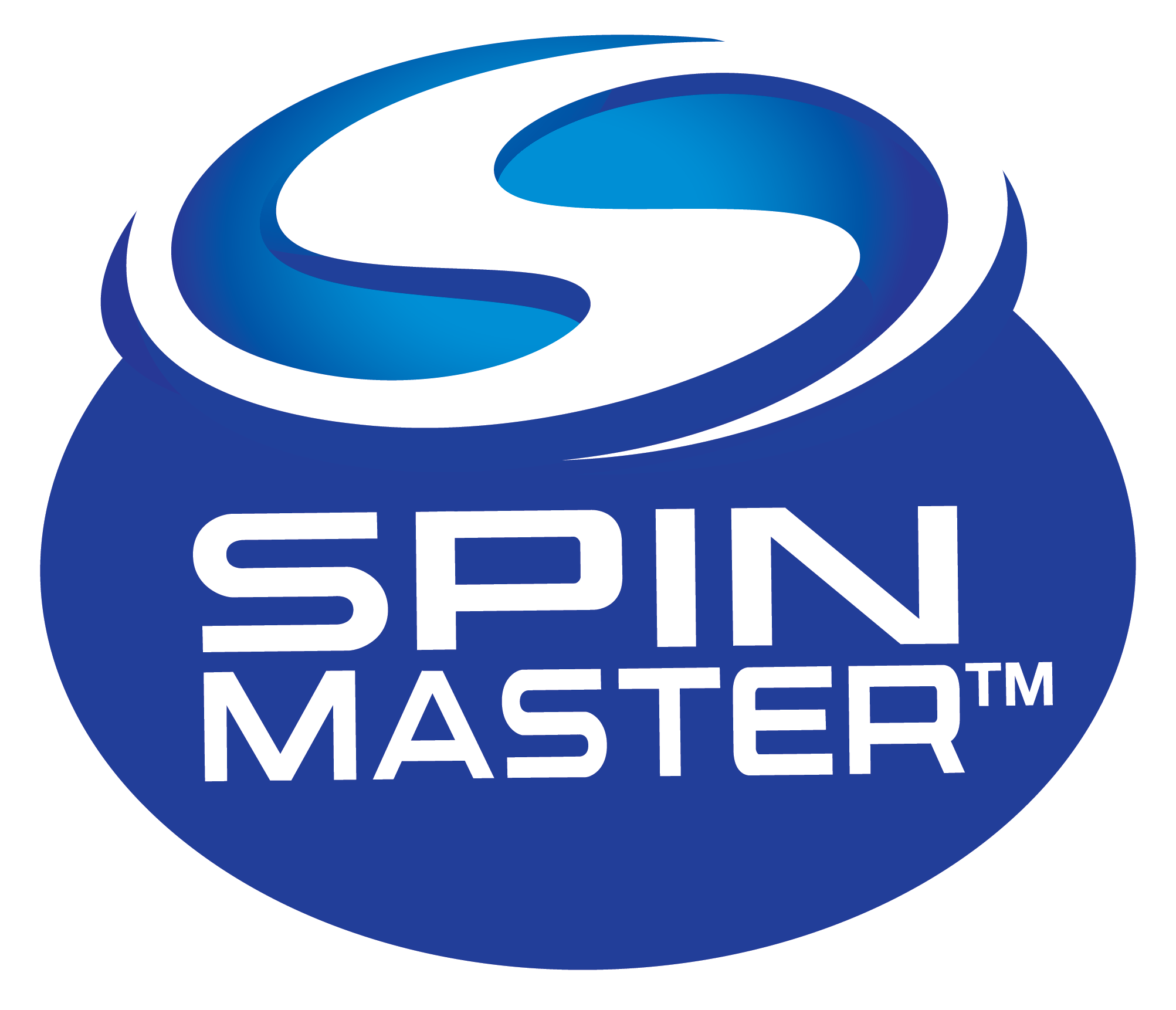life
How to create an at-home office space that's good for your body
A chiropractor shares her tips.
April 23, 2020 1:29 p.m. EST
May 22, 2020 3:07 p.m. EST

TAKE YOUR WORK SPACE SERIOUSLY
Even if this is temporary, the reality is that whether we are in this for a few more weeks or a few more months, that is significant for most people who don’t have proper work from home setups. There are a lot of negative implications if we ignore this: physically, it places a lot of added stresses and pressure on our neck, shoulders and low back. It can also increase and amplify headaches, migraines and even jaw pain (clenching from stress). Improper setups can also be a major eye strain trigger.Mentally, a lot of people need to be at work for that work-life balance, and the reality now is that most people don’t live in huge homes with massive work spaces, so their work life is bleeding into their personal life and vice versa, and we know that mental pressure and mental stress amplifies physical stress.USE THE 80-20 RULE
Figure out what your routine is in a typical work day. And whatever 80 per cent of your time is focused on, that is where you should also focus the most in terms of proper setup. For example, if you’re on phone calls all day, get a head set. It is so bad for your neck and spine to use a phone without a headset. There are no ways around this. So often people just say, "I fixed my chair so I’m all good", but it’s about task prioritization and fixing what’s important for you.[video_embed id='1924820']These three things will make working from home a breeze[/video_embed]KEEP THESE RED FLAGS IN MIND
There are three major red flags:- Monitor Distance: People don’t think about monitor distance and often have the screen right in front of their face, which is too close. If you put your arm out, your finger should comfortably touch the monitor. If you’re too far, bring it closer. If too close, it’s bad for eye strain.
- Monitor Height: Your screen should be sitting right above your eyebrows, mid-way between your hair line and eyebrows. Some people use multiple monitors that are all at different heights. It’s crucial that if you’re working from multiple monitors that they are all at equal heights. Also, prioritize the monitor you use most – that should be the one in front of you.
- Elbow Angle: It has to be 90 degrees. Most people are working with less than 90 degrees (they’re leaning too far forward or their keyboard is too far away from them, or just not at the proper height). This is a big one. A lot of people also cheat with this, thinking they’re at 90 degrees but their wrists are not neutral or their shoulders are up to their ears.









